Dronningen 2019

Queen of Hearts (2019): A Haunting Exploration of Power, Morality, and Human Flaws
Queen of Hearts, a 2019 Danish drama directed by May el-Toukhy, is a film that dares to venture into the murky waters of human desire, power dynamics, and moral ambiguity. Anchored by a commanding performance from Trine Dyrholm, the film unfolds as a slow-burning tragedy that challenges its audience to confront uncomfortable truths about trust, betrayal, and the fragility of carefully constructed lives. With its impeccable craftsmanship, nuanced character portrayals, and unflinching exploration of complex themes, Queen of Hearts stands as a provocative and emotionally resonant piece of cinema that lingers long after the credits roll. This review delves into the film’s narrative structure, performances, thematic depth, visual and auditory elements, and its broader cultural significance, all while avoiding explicit language and maintaining a spoiler-free perspective.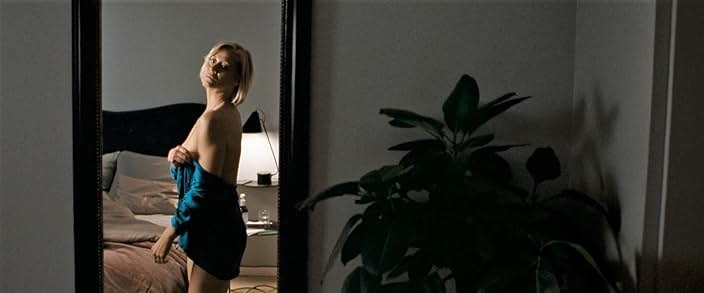
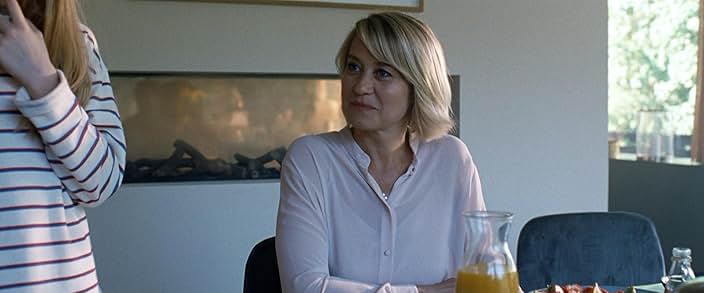

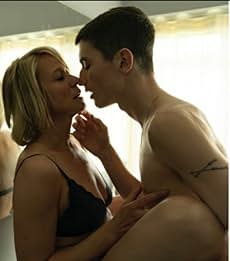
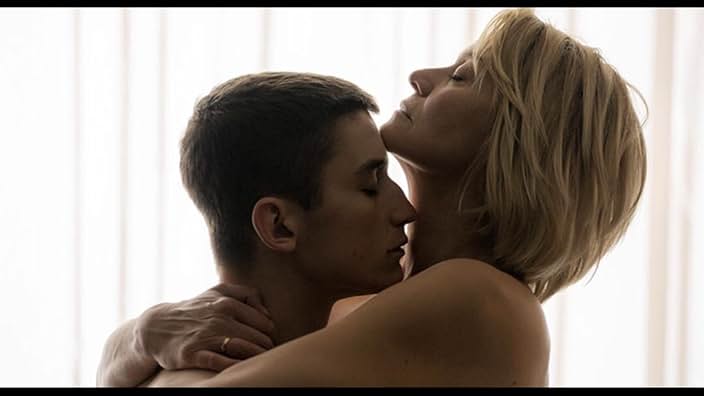

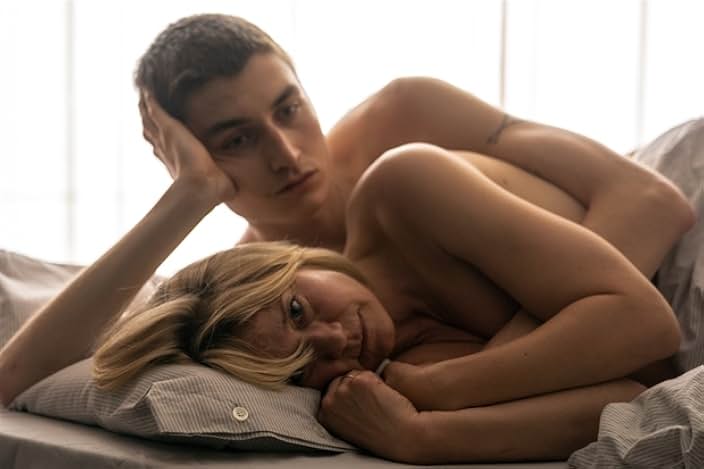









Narrative Structure: A Tightly Wound Spiral of Tension
At its core, Queen of Hearts is a character-driven drama that revolves around Anne, a successful lawyer living an ostensibly idyllic life with her physician husband, Peter (Magnus Krepper), and their twin daughters in a modernist home nestled in the Danish countryside. The arrival of Gustav (Gustav Lindh), Peter’s teenage son from a previous relationship, disrupts the family’s equilibrium, setting off a chain of events that unravels the veneer of perfection. The screenplay, co-written by el-Toukhy and Maren Louise Käehne, is meticulously structured, balancing moments of quiet domesticity with escalating tension that feels both inevitable and shocking.
The film’s narrative unfolds in three distinct acts, each marked by a shift in tone and perspective. The first act establishes Anne as a pillar of her community—confident, principled, and dedicated to advocating for vulnerable youth in her legal practice. This foundation makes her subsequent choices all the more jarring, as the second act introduces a moral quagmire that challenges the audience’s initial perceptions. By the third act, the story transforms into a psychological thriller, with stakes that threaten to dismantle everything Anne holds dear. El-Toukhy’s pacing is deliberate, allowing the audience to sit with the characters’ decisions and their consequences, creating a sense of dread that builds organically.
What sets Queen of Hearts apart from similar domestic dramas is its refusal to offer easy answers or moral judgments. The film doesn’t preach; instead, it invites viewers to grapple with the gray areas of human behavior. By presenting Anne as both a protagonist and an antagonist, el-Toukhy crafts a narrative that is as psychologically fascinating as it is morally complex. The story’s allusions to Lewis Carroll’s Alice’s Adventures in Wonderland—referenced subtly through the title and recurring motifs—add a layer of allegory, suggesting a descent into a surreal, disorienting world where logic and morality are upended.
Performances: Trine Dyrholm’s Tour de Force
The heart of Queen of Hearts lies in its performances, particularly Trine Dyrholm’s portrayal of Anne. Dyrholm delivers a career-defining performance, embodying a character who is at once magnetic, flawed, and deeply human. Anne is introduced as a woman in control—her sharp intellect and unwavering confidence make her a force in both her professional and personal spheres. Dyrholm imbues her with a quiet intensity, conveying strength through subtle gestures: a steady gaze, a measured tone, or a fleeting moment of vulnerability. As the story progresses, Dyrholm peels back Anne’s layers, revealing a woman grappling with unmet desires and a growing sense of entrapment. Her ability to balance warmth and coldness makes Anne a character who is both relatable and repellent, a testament to Dyrholm’s skill.
Gustav Lindh, as the troubled stepson Gustav, is equally compelling, holding his own against Dyrholm’s towering presence. Lindh portrays Gustav with a mix of defiance and fragility, capturing the awkwardness of a teenager caught between rebellion and a need for belonging. His chemistry with Dyrholm is electric, conveying a dynamic that is fraught with tension and unspoken emotions. Lindh’s understated performance ensures that Gustav remains a fully realized character, not merely a plot device, adding depth to the film’s exploration of power and influence.
Magnus Krepper, as Peter, provides a grounding presence, portraying a husband who is loving but distracted, unaware of the storm brewing in his household. The supporting cast, including the young actresses playing the twin daughters, adds authenticity to the family dynamic, making the stakes feel tangible. Together, the ensemble creates a lived-in portrait of a family on the brink, with each actor contributing to the film’s emotional authenticity.
Thematic Depth: Power, Hypocrisy, and the Banality of Evil
Queen of Hearts is a film rich with thematic complexity, tackling issues of power, privilege, and the contradictions inherent in human nature. At its core, the film examines how power operates within relationships—between parent and child, husband and wife, and individual and society. Anne’s position as a lawyer defending victims of abuse juxtaposes sharply with her personal choices, raising questions about hypocrisy and self-delusion. The film challenges the audience to consider how someone who champions justice can simultaneously perpetrate harm, blurring the line between protector and predator.
The concept of the “banality of evil,” as referenced by some reviewers, is particularly resonant. Anne’s actions are not the product of overt malice but rather a series of calculated decisions driven by self-preservation and desire. This makes her all the more chilling, as her behavior reflects the ways in which ordinary people can commit extraordinary wrongs when their personal interests are at stake. The film’s Scandinavian setting, with its pristine landscapes and affluent lifestyle, underscores this theme, contrasting the outward civility of Anne’s world with the moral decay beneath.
Gender dynamics also play a significant role in the film’s narrative. Queen of Hearts arrives in the context of the MeToo movement, and its portrayal of a female perpetrator challenges traditional narratives of abuse. By flipping the gender script, el-Toukhy forces viewers to confront their biases and consider how society perceives power imbalances. The film doesn’t shy away from the discomfort of this reversal, using it to spark reflection on accountability and complicity.
Additionally, the film explores the fragility of family and the ripple effects of individual choices. Anne’s decisions reverberate through her household, threatening the stability she has worked so hard to maintain. This theme is universal, resonating with anyone who has witnessed how a single misstep can unravel a carefully constructed life. The film’s refusal to provide redemption or closure amplifies its impact, leaving viewers to wrestle with the consequences long after the screen fades to black.
Direction and Craftsmanship: A Masterclass in Restraint
May el-Toukhy’s direction is a masterclass in restraint, balancing emotional intensity with a cool, detached aesthetic. Her sophomore feature marks a significant leap from her earlier work, demonstrating a confident command of tone and pacing. El-Toukhy avoids sensationalism, opting instead for a clinical approach that mirrors the film’s thematic concerns. She trusts her audience to interpret the story’s nuances, using silence and subtext to convey what words cannot.
The cinematography, by Jasper J. Spanning, is a standout element, transforming the Danish countryside into a character in its own right. The film’s opening shots—of sunlight filtering through trees and a serene lake—create a deceptively idyllic atmosphere, lulling viewers into a false sense of security. As the story darkens, Spanning’s use of light and shadow becomes more pronounced, reflecting Anne’s internal turmoil. The modernist house, with its clean lines and glass walls, serves as a metaphor for transparency and exposure, amplifying the sense of vulnerability.
Jon Ekstrand’s original score is understated yet effective, using minimalist piano and string motifs to underscore the film’s emotional beats. The sound design is equally impressive, with ambient noises—rustling leaves, creaking floors, and distant laughter—adding to the immersive quality of the world. These technical elements work in harmony to create a sensory experience that is both intimate and unsettling.
Cultural and Cinematic Context: A Scandinavian Gem
Queen of Hearts is firmly rooted in the tradition of Scandinavian cinema, which is known for its stark realism, psychological depth, and willingness to tackle taboo subjects. The film shares DNA with works like Ingmar Bergman’s character studies and Thomas Vinterberg’s The Celebration, which also explore dysfunctional families and hidden truths. Yet Queen of Hearts feels distinctly modern, grappling with contemporary issues of power and accountability in a way that resonates globally.
The film’s critical acclaim—evidenced by its 97% approval rating on Rotten Tomatoes, Audience Award at Sundance, and multiple Robert and Bodil Awards—speaks to its universal appeal. Its selection as Denmark’s entry for the Best International Feature Film at the 92nd Academy Awards further underscores its significance, even if it didn’t secure a nomination. The film’s influence extends beyond its native Denmark, inspiring a French remake directed by Catherine Breillat, which premiered at Cannes in 2023.
In the broader context of 21st-century cinema, Queen of Hearts stands out for its bold portrayal of a flawed female protagonist. Anne joins the ranks of complex women like Amy Dunne in Gone Girl or Shiv Roy in Succession—characters who defy traditional notions of likability and challenge audiences to engage with their contradictions. This focus on complicated women reflects a broader shift in storytelling, where female characters are allowed to be as messy and morally ambiguous as their male counterparts.
Emotional Impact and Audience Experience
Watching Queen of Hearts is an emotionally draining experience, but one that is profoundly rewarding for those willing to engage with its challenges. The film’s ability to evoke conflicting emotions—empathy, outrage, and discomfort—makes it a powerful conversation piece. It’s the kind of movie that sparks heated debates, as viewers grapple with their sympathies and judgments. El-Toukhy’s decision to leave certain questions unanswered ensures that the film remains open to interpretation, inviting audiences to project their own experiences onto the story.
For some, the film’s unflinching depiction of moral failure may feel too cold or cynical. Critics have noted its lack of a relatable protagonist, which can leave viewers feeling emotionally adrift. Yet this detachment is precisely what makes Queen of Hearts so effective; it refuses to coddle its audience, forcing them to confront the raw, unvarnished truth of human nature. The film’s runtime of 127 minutes may test some viewers’ patience, but its deliberate pacing is essential to building the psychological tension that defines the experience.
Conclusion: A Bold and Uncompromising Vision
Queen of Hearts is not an easy film to watch, nor is it meant to be. It is a bold, uncompromising exploration of power, desire, and the consequences of crossing moral boundaries. May el-Toukhy’s deft direction, coupled with Trine Dyrholm’s fearless performance, elevates the film into a modern classic, one that challenges conventions and provokes introspection. Its technical brilliance, from Spanning’s evocative cinematography to Ekstrand’s haunting score, enhances its emotional and thematic resonance.
For those who appreciate cinema that pushes boundaries and refuses to shy away from discomfort, Queen of Hearts is a must-see. It is a film that demands active engagement, rewarding viewers with its nuanced storytelling and moral complexity. As a meditation on the fragility of human relationships and the seductive pull of self-interest, it serves as both a cautionary tale and a mirror to our own flaws. In a world that often seeks clear heroes and villains, Queen of Hearts reminds us that the truth is rarely so simple—and that the most dangerous monsters are often the ones we see in ourselves.


